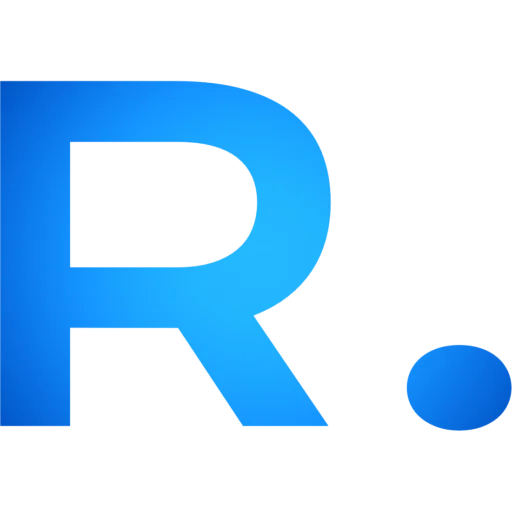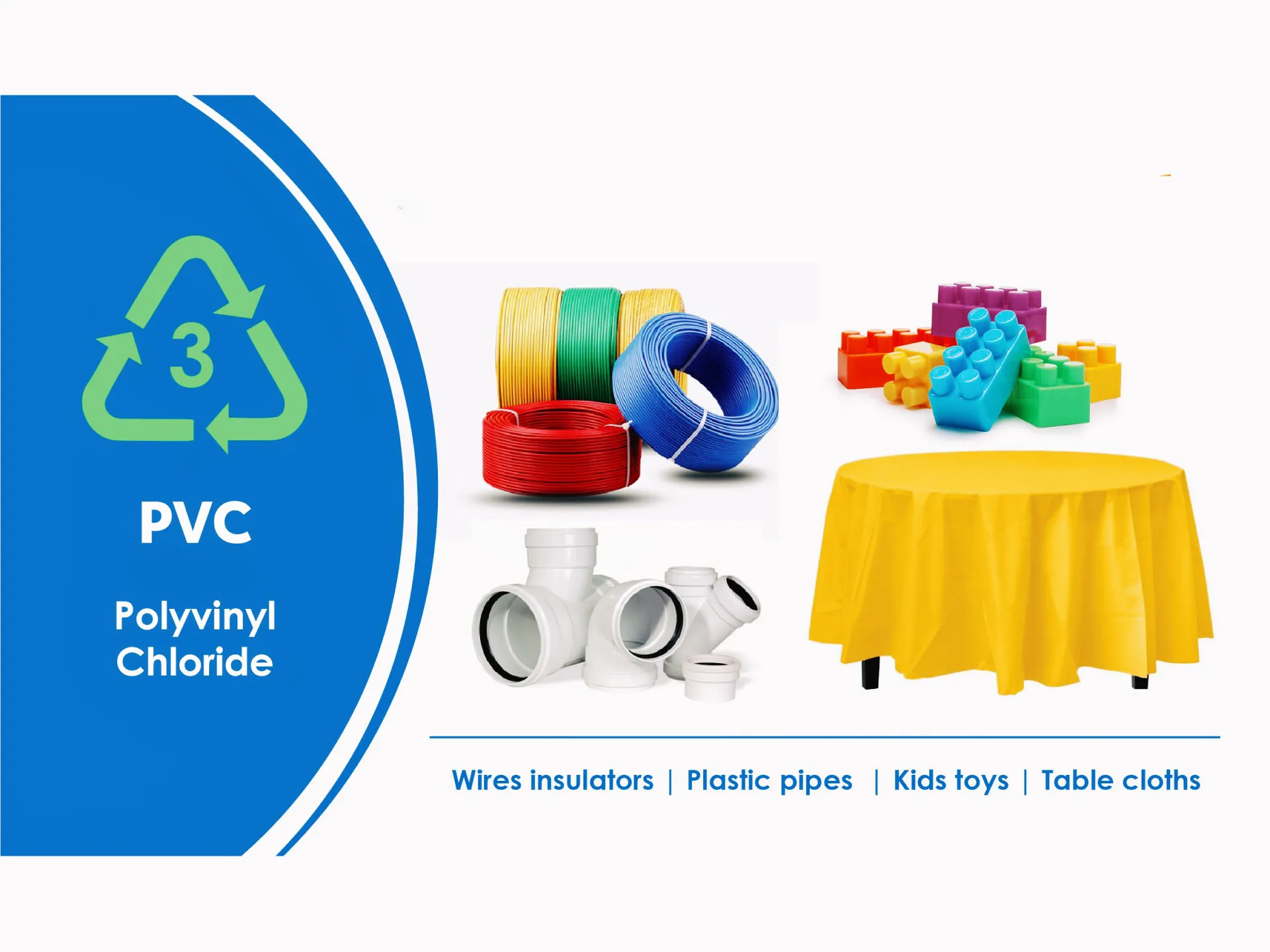Polyvinyl chloride (PVC) ranks as the world’s third most-produced synthetic plastic polymer. With global production reaching 44.3 million metric tons in 2018 and projected to approach 60 million metric tons by 2025, understanding PVC’s disposal challenges and recycling solutions has become critical for facilities managing mixed plastic streams.
Global PVC Production Statistics
The PVC market continues its steady growth trajectory. In 2018, manufacturers produced approximately 44.3 million metric tons worldwide, with forecasts estimating nearly 60 million metric tons by 2025. This growth reflects sustained demand across construction (60% of consumption), packaging (15%), and medical device sectors.
Asia Pacific dominates production, accounting for over 50% of global output, with China alone responsible for approximately 40%. North America and Europe contribute roughly 15% and 18% respectively. This widespread production creates significant end-of-life management challenges that recycling facilities must address.
PVC Disposal and Recycling Statistics
Current Disposal Pathways
The global plastic waste situation reveals concerning patterns. Annually, the world generates approximately 300 million tons of plastic waste, with PVC contributing substantially to this total. Current disposal statistics show:
- 79% of plastic waste accumulates in landfills or enters the environment
- 12% undergoes incineration
- Only 9% is recycled through mechanical or chemical processes
PVC recycling rates fall even below this 9% average due to composition challenges. The material’s additives—plasticizers, stabilizers, and heavy metals—complicate processing and create environmental concerns when improperly disposed.
Regional Waste Generation
Per capita plastic waste generation varies dramatically. In 2019, the United States produced approximately 221 kg per person annually, compared to 69 kg in Japan and Korea, and 180 kg across the European Union. These disparities reflect differences in consumption patterns and recycling infrastructure maturity.
The PVC Contamination Challenge
Impact on PET Recycling
One critical issue facing recycling facilities involves PVC contamination in PET bottle recycling streams. Even small amounts—as low as 50-100 parts per million (ppm)—can compromise entire batches of recycled PET (rPET), causing discoloration, reduced mechanical properties, and processing failures during pelletizing.
PVC bottles, labels, and caps inadvertently enter PET facilities, creating quality control challenges. The similar density of PVC and PET makes separation difficult without specialized equipment, leading to rejected batches and financial losses.
Separation Solutions
Modern facilities address PVC contamination through multiple strategies:
Optical Sorting: Near-infrared (NIR) technology identifies and separates PVC from PET with 95%+ accuracy when properly calibrated, using spectral signatures to divert contaminants.
Density Separation: While PVC and PET have similar densities, carefully controlled sink-float separation can remove some contaminants, though additional methods are needed for high-purity rPET.
Advanced Washing Systems: Specialized Rigid Plastic Washing Line for PP, HDPE, PVC systems from manufacturers like Energycle Machine incorporate multiple decontamination stages. These systems handle mixed plastic streams effectively, separating and cleaning rigid PVC for dedicated processing rather than allowing contamination of PET streams.
Environmental and Technical Challenges
PVC disposal creates interconnected challenges:
Persistence: PVC can remain in the environment for 100-1,000 years. Approximately 30 million tons of plastic waste have accumulated in oceans, with 109 million tons in rivers.
Chemical Leaching: Additives like phthalates and lead-based stabilizers can migrate over time, potentially contaminating soil and water resources.
Incineration Risks: When burned, PVC releases hydrogen chloride and potentially dioxins, requiring sophisticated pollution control systems.
Processing Variability: PVC formulations vary widely by application. Rigid PVC in pipes contains different additives than flexible PVC in flooring, making standardized recycling difficult.
Current Initiatives
Governments and industry are implementing improvements:
Regulatory Action: The European Union is phasing out lead-based stabilizers and reducing cadmium in PVC products. Extended Producer Responsibility (EPR) programs now require manufacturers to contribute to end-of-life management costs.
Industry Programs: VinylPlus aims to recycle 900,000 tons annually by 2025, while certification programs like Recovinyl track PVC from collection through processing, ensuring quality standards.
Technological Advances: Chemical recycling through pyrolysis can break down contaminated PVC to molecular components. Improved spectroscopy and AI enable more accurate sorting, reducing cross-contamination in mixed streams.
Practical Solutions for Facilities
Equipment Investment
Facilities handling mixed rigid plastics should evaluate:
Pre-Sorting Technology: Optical sorters with PVC detection prevent contamination in PET lines while diverting PVC for dedicated processing.
Specialized Washing Lines: Rigid plastic washing systems designed to handle PP, HDPE, and PVC simultaneously enable broader material stream processing. These systems incorporate intensive friction washing, hot wash cycles, and advanced dewatering to achieve sub-3% residual moisture—critical for successful pelletizing of rigid PVC regrind.
Quality Control: Regular testing for PVC contamination using burn tests, density measurements, or handheld analyzers catches issues before they impact operations.
Process Optimization
Operational adjustments improve PVC handling:
Stream Segregation: Maintaining separate collection and processing paths prevents cross-contamination and preserves recyclate quality across all polymer types.
Market Development: Building relationships with PVC recyclate buyers before implementing collection ensures economic viability.
Technology Partnerships: Equipment manufacturers like Energycle Machine offer technical support, process optimization, and training to help facilities maximize recovery rates and product quality.
The Path Forward
PVC production approaching 60 million metric tons annually demands improved recycling infrastructure. While current recycling rates remain low, regulatory pressure, technological advances, and market development for recycled content are creating new opportunities.
For recycling facilities, addressing PVC requires strategic equipment investment and process optimization. The technical challenges are manageable with modern sorting, washing, and processing technologies. Facilities handling mixed rigid plastic streams that include PVC contamination risks need specialized equipment providing the separation and cleaning capabilities to handle these materials effectively while protecting higher-value recycling streams.
As markets for recycled PVC mature and regulations tighten, facilities positioned to handle this material stream will benefit from improved economics and reduced competition.
Ready to upgrade your facility’s PVC handling capabilities? Contact Energycle Machine to discuss washing line configurations, throughput targets, and quality specifications for your operation.



